March 28
2021 March 28
So called “pussy willow” catkins at this time of year are good places to see nectar-seeking insects. Rosemary Jorna sends a March 25 photograph of a pussy willow twig from near Parkinson Creek on the Juan de Fuca Marine Trail, with a variety of flies and bees on it. The most obvious fly, on the right just below centre, is a tachinid. I see two more tachinids, and at least one bee. It is often exciting to go out at night with a strong flashlight to see moths nectaring at pussy willows catkins.
In addition to these flies at Parkington Creek on March 25, Rosemary also saw a Mourning Cloak butterfly there.

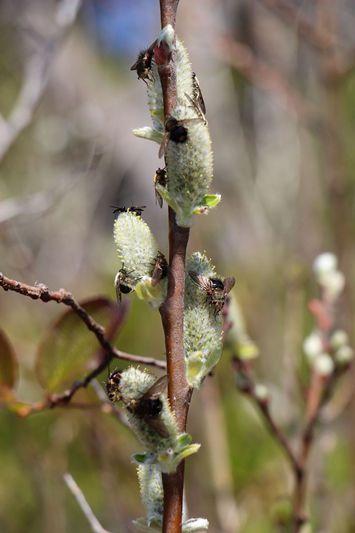
“Pussy willow” catkins with flies and bee Rosemary Jorna
Shown below are two images of a tachinid fly. Tachinid maggots develop inside other insects, such as the caterpillars of butterflies and moths. Many adult tachinids can be recognized as such by their bristly abdomens.

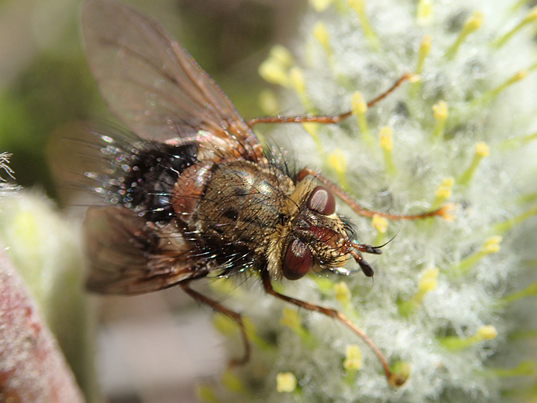
Tachinid fly (Dip.: Tachinidae) Rosemary Jorna

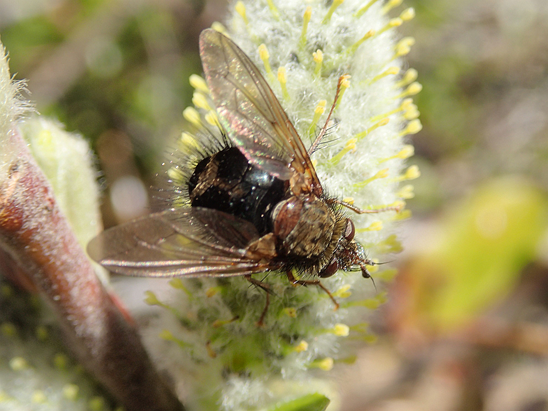
Tachinid fly (Dip.: Tachinidae) Rosemary Jorna
I have to admit, continues Jeremy, that flies are not among my favorite insects, tachinids in particular being rather low down in the scale of insects that I find attractive. Syrphid flies (known as hover flies or flower flies) are exceptional, and I think I am not alone in finding some of them to be quite attractive as flies go. Below is a syrphid, paying attention to its personal hygiene, keeping its eyes clean. It was a dead heat between Jeremy Gatten and Jeff Skevington, both of whom immediately identified it as Sericomya chalcopyga. Jeremy G even came up with an English name: Western Pond Fly.

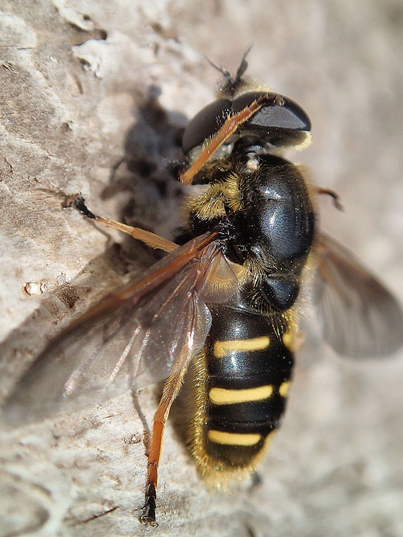
Sericomyia chalcopyga (Dip.: Syrphidae) Rosemary Jorna
And here is another dipteran, photographed by Ian Cooper. It stumped me, writes Jeremy Tatum, but we thank Dr Rob Cannings for confirming Ian’s original identification as a non-biting midge of the Family Chironomidae. Males often have elaborate plumed antennae; this one is a female.

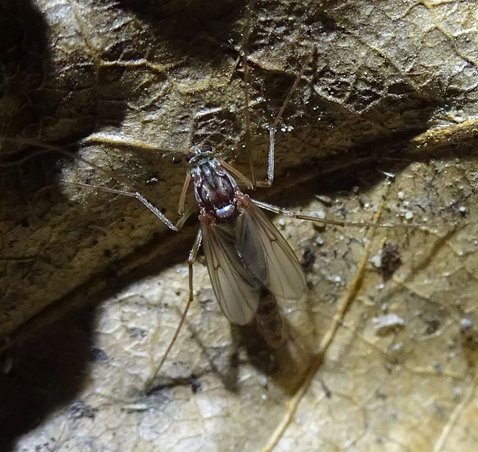
Female non-biting midge (Dip.: Chironomidae) Ian Cooper

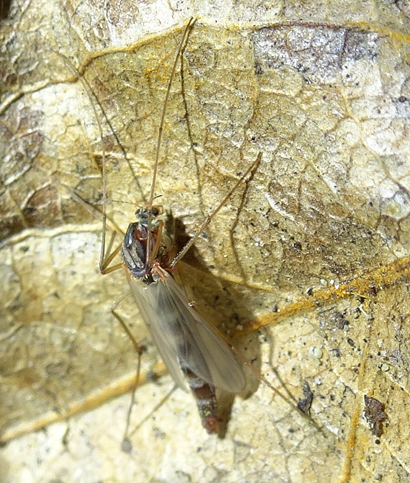
Female non-biting midge (Dip.: Chironomidae) Ian Cooper
Jeremy Tatum writes: Egira crucialis and E. simplex are two moths of springtime that are often quite difficult to distinguish. However, although the adults are confusingly similar, the final instar caterpillars are very different. The moth below emerged from its pupa this morning, and since it was reared from a caterpillar (feeding on Ocean Spray), we have no doubt that it is Egira crucialis.

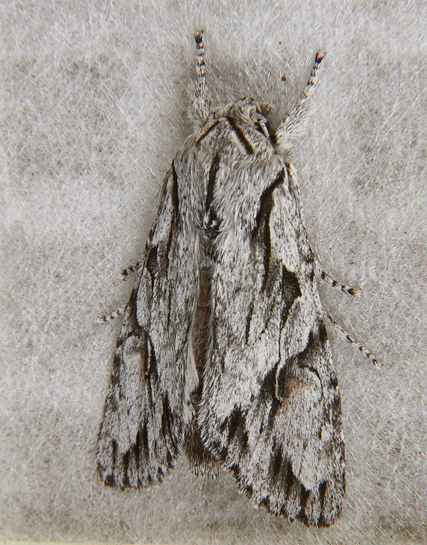
Egira crucialis (Lep.: Noctuidae) Jeremy Tatum
